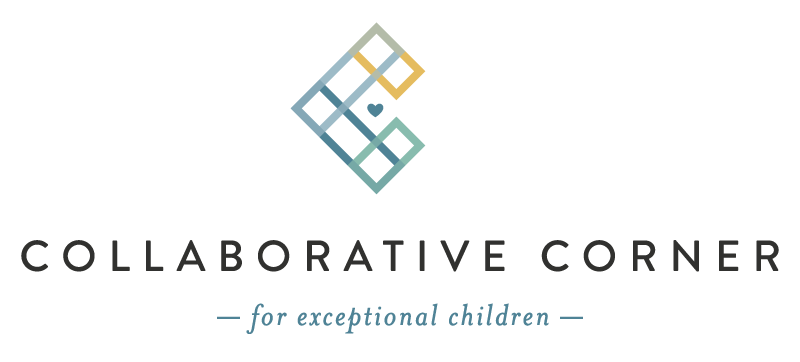Positive Reinforcement
Have you ever heard of positive reinforcement? Do you know what “positive” stands for? What about the word “reinforcement?” Here is a technical breakdown for you!
By definition, reinforcement is an environmental change that follows a behavior, which increases or maintains the future occurrence of that behavior.
An example of this would be ringing a doorbell. The behavior is pressing the button, and the environmental change is the bell ringing. Because the bell rang after you pressed the button, you continue to do it every time you walk up to a door. The continued behavior of ringing the doorbell can be described through reinforcement.
The term “positive” reinforcement is used to describe an environmental change when a stimulus is added following a behavior, which increases or maintains the behavior.
An example of positive reinforcement would be when a mother and a friend are talking in front of the baby. The baby starts to cry so the mother picks up the baby. The baby’s cry increases in the future when she talks to a friend. The added stimulus is the mother’s attention.
Essentially, positive reinforcement is used in ABA to teach a new behavior or shape a more appropriate behavior, by delivering a “reward” immediately after the behavior is displayed. Once the child knows how to engage in the appropriate behavior, the delivery of the reinforcement will fade and the child will have the skills to engage in the appropriate behavior automatically!
For any other questions on how positive reinforcement is used in Applied Behavior Analysis, please feel free to contact nikki@collaborativecorner.org. A timely response will be provided within 24 hours.
Reference: Cooper, J. O., Heron, T. E., & Herward, W. L. (2007). Applied Behavior Analysis. Upper Saddle River, New Jersey: Pearson Education Inc.
Nikki Waitt, RBT
Registered Behavior Technician and Varied Exceptionalities Teacher
nikki@collaborativecorner.org

